Porsche 2009 Annual Report Download - page 84
Download and view the complete annual report
Please find page 84 of the 2009 Porsche annual report below. You can navigate through the pages in the report by either clicking on the pages listed below, or by using the keyword search tool below to find specific information within the annual report.-
 1
1 -
 2
2 -
 3
3 -
 4
4 -
 5
5 -
 6
6 -
 7
7 -
 8
8 -
 9
9 -
 10
10 -
 11
11 -
 12
12 -
 13
13 -
 14
14 -
 15
15 -
 16
16 -
 17
17 -
 18
18 -
 19
19 -
 20
20 -
 21
21 -
 22
22 -
 23
23 -
 24
24 -
 25
25 -
 26
26 -
 27
27 -
 28
28 -
 29
29 -
 30
30 -
 31
31 -
 32
32 -
 33
33 -
 34
34 -
 35
35 -
 36
36 -
 37
37 -
 38
38 -
 39
39 -
 40
40 -
 41
41 -
 42
42 -
 43
43 -
 44
44 -
 45
45 -
 46
46 -
 47
47 -
 48
48 -
 49
49 -
 50
50 -
 51
51 -
 52
52 -
 53
53 -
 54
54 -
 55
55 -
 56
56 -
 57
57 -
 58
58 -
 59
59 -
 60
60 -
 61
61 -
 62
62 -
 63
63 -
 64
64 -
 65
65 -
 66
66 -
 67
67 -
 68
68 -
 69
69 -
 70
70 -
 71
71 -
 72
72 -
 73
73 -
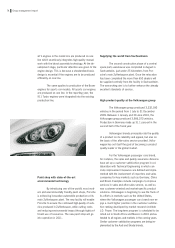 74
74 -
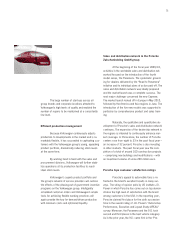 75
75 -
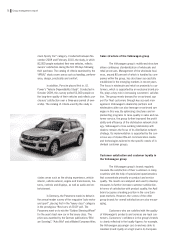 76
76 -
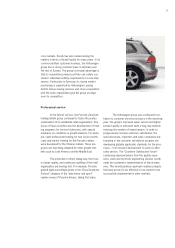 77
77 -
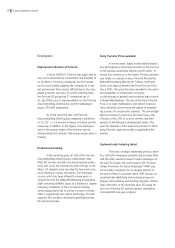 78
78 -
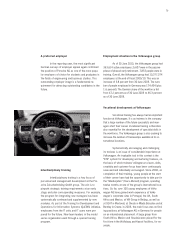 79
79 -
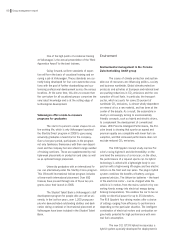 80
80 -
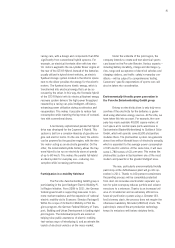 81
81 -
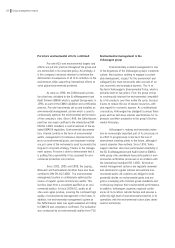 82
82 -
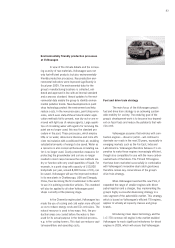 83
83 -
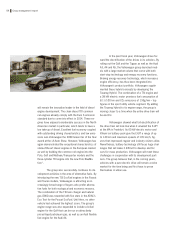 84
84 -
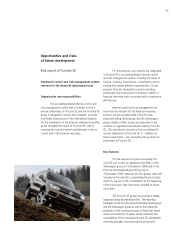 85
85 -
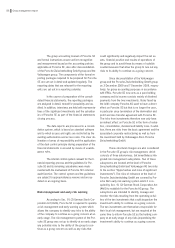 86
86 -
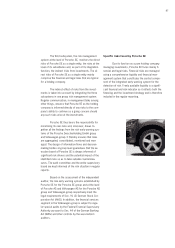 87
87 -
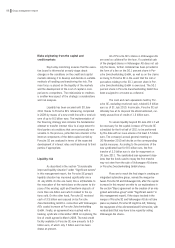 88
88 -
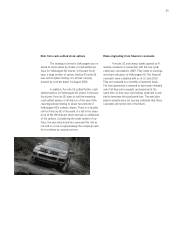 89
89 -
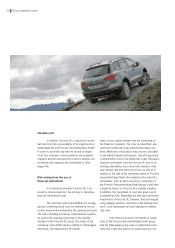 90
90 -
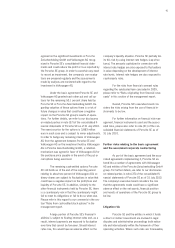 91
91 -
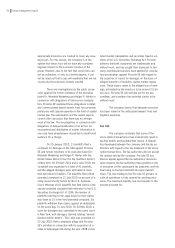 92
92 -
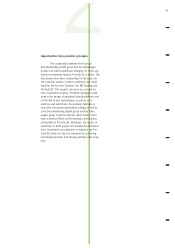 93
93 -
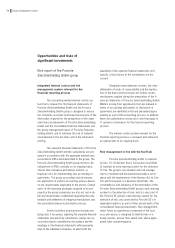 94
94 -
 95
95 -
 96
96 -
 97
97 -
 98
98 -
 99
99 -
 100
100 -
 101
101 -
 102
102 -
 103
103 -
 104
104 -
 105
105 -
 106
106 -
 107
107 -
 108
108 -
 109
109 -
 110
110 -
 111
111 -
 112
112 -
 113
113 -
 114
114 -
 115
115 -
 116
116 -
 117
117 -
 118
118 -
 119
119 -
 120
120 -
 121
121 -
 122
122 -
 123
123 -
 124
124 -
 125
125 -
 126
126 -
 127
127 -
 128
128 -
 129
129 -
 130
130 -
 131
131 -
 132
132 -
 133
133 -
 134
134 -
 135
135 -
 136
136 -
 137
137 -
 138
138 -
 139
139 -
 140
140 -
 141
141 -
 142
142 -
 143
143 -
 144
144 -
 145
145 -
 146
146 -
 147
147 -
 148
148 -
 149
149 -
 150
150 -
 151
151 -
 152
152 -
 153
153 -
 154
154 -
 155
155 -
 156
156 -
 157
157 -
 158
158 -
 159
159 -
 160
160 -
 161
161 -
 162
162 -
 163
163 -
 164
164 -
 165
165 -
 166
166 -
 167
167 -
 168
168 -
 169
169 -
 170
170 -
 171
171 -
 172
172 -
 173
173 -
 174
174 -
 175
175 -
 176
176 -
 177
177 -
 178
178 -
 179
179 -
 180
180 -
 181
181 -
 182
182 -
 183
183 -
 184
184 -
 185
185 -
 186
186 -
 187
187 -
 188
188 -
 189
189 -
 190
190 -
 191
191 -
 192
192 -
 193
193 -
 194
194 -
 195
195 -
 196
196 -
 197
197 -
 198
198 -
 199
199 -
 200
200 -
 201
201 -
 202
202 -
 203
203 -
 204
204 -
 205
205 -
 206
206 -
 207
207 -
 208
208 -
 209
209 -
 210
210 -
 211
211 -
 212
212 -
 213
213 -
 214
214 -
 215
215 -
 216
216 -
 217
217 -
 218
218 -
 219
219 -
 220
220 -
 221
221 -
 222
222 -
 223
223 -
 224
224 -
 225
225 -
 226
226 -
 227
227 -
 228
228 -
 229
229 -
 230
230 -
 231
231 -
 232
232 -
 233
233 -
 234
234 -
 235
235 -
 236
236 -
 237
237 -
 238
238 -
 239
239 -
 240
240 -
 241
241 -
 242
242 -
 243
243 -
 244
244 -
 245
245 -
 246
246 -
 247
247 -
 248
248 -
 249
249 -
 250
250 -
 251
251 -
 252
252 -
 253
253 -
 254
254 -
 255
255 -
 256
256 -
 257
257 -
 258
258 -
 259
259 -
 260
260 -
 261
261 -
 262
262 -
 263
263 -
 264
264 -
 265
265 -
 266
266 -
 267
267 -
 268
268 -
 269
269 -
 270
270 -
 271
271 -
 272
272 -
 273
273 -
 274
274 -
 275
275
 |
 |

will remain the innovation leader in the field of diesel
engine development. The clean diesel TDI common
rail engines already comply with the Euro 6 emission
standard due to come into effect in 2014. These en-
gines have enjoyed considerable success in the North
American market in particular, which tends to have a
low take-up of diesel. Excellent fuel economy coupled
with outstanding driving characteristics and low emis-
sions won Volkswagen the 2009 Green Car of the Year
award at the LA Auto Show. However, Volkswagen has
again demonstrated the exceptional characteristics of
state-of-the-art diesel engines in the European market
as well by building the common rail engine into the
Polo, Golf and Multivan/Transporter models and the
three-cylinder TDI engine into the new Polo BlueMo-
tion*.
The group also successfully continues its de-
velopment activities in the area of alternative fuels. By
introducing the new TSI EcoFuel engines in the Passat
and Touran models, Volkswagen is attracting an in-
creasingly broad range of buyers who prefer alterna-
tive fuels for both ecological and economic reasons.
The combination of the TSI twin charger and natural
gas (CNG) was rewarded with five stars in the ADAC’s
Eco Test for the Passat EcoFuel. Until then, no other
vehicle had achieved the highest score. The group’s
engine range was also expanded to include a bi-fuel
engine for the Golf that can be run on attractively
priced liquid petroleum gas, as well as an Audi flexible
fuel engine for the Audi A4.
In the past fiscal year, Volkswagen drove for-
ward the electrification of the drives in its vehicles. By
rolling out the Golf and the Tiguan as well as the Audi
A3, A4 and A5, the Volkswagen group launched mod-
els with a large market volume that come with both
start-stop technology and energy recovery functions.
Braking energy recovery technology, which increases
engine efficiency, has thus been integrated into
Volkswagen’s product portfolio. Volkswagen supple-
mented these hybrid concepts by developing the
Touareg Hybrid. The combination of a TSI engine and
a 38 kW electric motor promises fuel consumption of
8.1 l/100 km and CO2 emissions of 193g/km – top
figures in the sport utility vehicle segment. By adding
the Touareg Hybrid to its engine range, the group is
moving closer to a time when the entire drive train will
be electric.
Volkswagen showed what full electrification of
the drive train will look like when it unveiled the E-UP!
at the IAA in Frankfurt. Its 60 kW electric motor and
lithium ion battery pack give the E-UP! a range of up
to 140 km and maximum speeds of 135 km/h, fig-
ures that impressed regular and industry visitors alike.
Nevertheless, battery technology still faces huge chal-
lenges that will make it difficult to develop electric
cars for mass production. Volkswagen will meet these
challenges in cooperation with its development part-
ners. The group believes that, in the coming years,
vehicles with a pure electric drive will remain a niche
market for the time being and first have to prove
themselves in urban use.
84 Group management report
